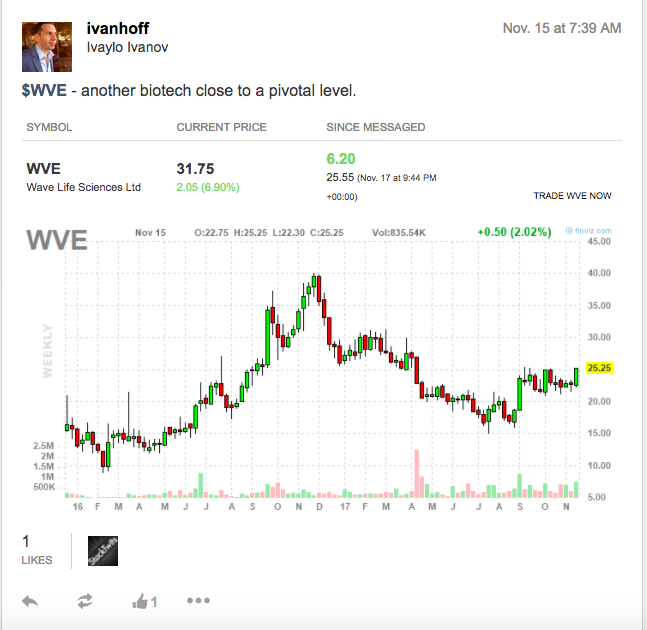Most market edges come and go and don’t last long. One of the few market edges that have survived the test of time is momentum. The momentum phenomenon has been tested on multiple asset classes in various geographic markets. Hundreds of white papers have been written on it. They all conclude the same thing – it continues to work. I am not going to go into details how and why it works, but here is a quick summary that might spark your interest to further investigate and create your own conclusion:
- Medium-term momentum works. The best-performing stocks for the past 6-12 months usually outperform as a group in the next 6-12 months. Studies show that most of the momentum phenomena due to industry momentum (similar stocks tend to move in groups) and the 52-week high (it is an important benchmark watched by many).
- The worst-performing stocks for the past 6-12 months tend to underperform in the next 6-12 months. There’s one exception. Things turn upside-down in the month of January when the worst performers tend to shine.
- Long-term momentum (3 to 5 years) and short-term momentum (1-4 weeks) tend to lead to mean reversion.
There are two basic ways to trade momentum – buying a breakout or buying in anticipation of another leg higher. Swing traders are more interested in the latter because it provides better risk/reward ideas.
Why and how buying pullbacks in momentum stocks work?
- Many algos are programmed to buy near rising moving averages.
- It is easier and more lucrative to accumulate a big position on a slight weakness; therefore it is the preferred way for institutions.
- People who sold their stocks too early have a hard time buying them at higher prices, so they are a lot more likely to step back on a pullback.
- People who have missed a move and are afraid to chase are waiting for a pullback to buy. That pullback might never materialize, but if it does, they will be there to provide liquidity.
- The short-sellers who haven’t been squeezed out of their positions are likely to cover on a pullback to a rising 20, 50, 100-day moving average, year-to-date volume-weighted moving average or on the first sign of renewed strength.
- All of the above-mentioned is usually enough to
a) stop a pullback
b) create a tight-range candle
c) create a slight bounce.
Such price action within an established uptrend attracts the attention of swing traders, who pile on. Their buying leads to a new leg higher, which often surpasses the previous high.



